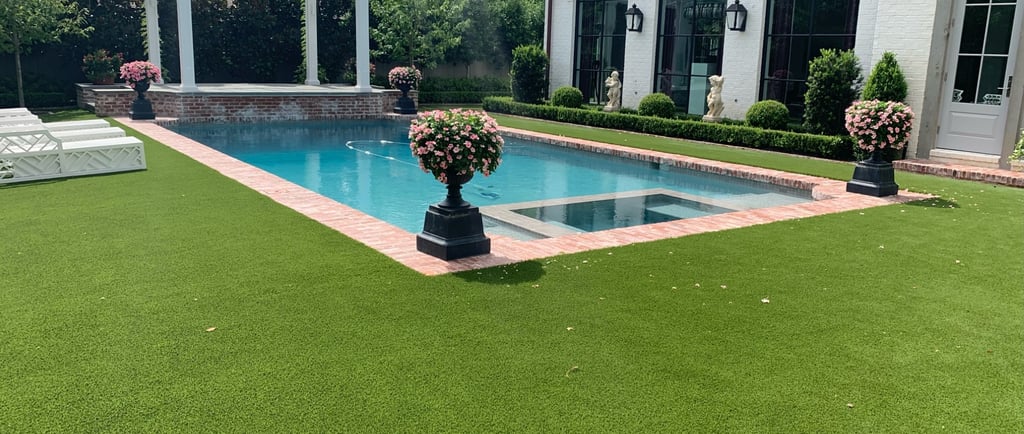The Hidden Drawbacks of Artificial Turf in North Texas Backyards
OUTDOOR LIVING


While artificial turf installation in Frisco TX, Little Elm TX, and surrounding areas has gained popularity for its low-maintenance appeal, homeowners should consider the potential downsides before committing to synthetic grass landscaping.
Heat Retention and Surface Temperatures
One major concern with residential artificial turf is its tendency to retain heat. Unlike natural grass, synthetic turf can become uncomfortably hot during North Texas summers, making it less suitable for barefoot play or pet-friendly zones. Even shaded areas may struggle to stay cool, impacting overall outdoor comfort.
Environmental Impact
Though marketed as eco-friendly, artificial grass is made from petroleum-based plastics and requires eventual disposal. Unlike organic lawns, it doesn’t support biodiversity, soil health, or natural cooling. The lack of absorption can also contribute to runoff issues during heavy rain, especially in Plano TX and other flood-prone neighborhoods.
Upfront Costs and Longevity
High-quality synthetic turf installation comes with a significant upfront investment. While it reduces maintenance costs, repairs or full replacement may be needed within 10–15 years. UV exposure, wear from pets, and shifting soil can lead to uneven surfaces or degraded appearance over time.
Limited Aesthetic Flexibility
Artificial turf offers a uniform look, but lacks the seasonal charm and organic texture of natural landscaping. For homeowners seeking a dynamic, evolving outdoor space, natural grass and native plants may offer more visual interest and ecological benefits.
Consider All Angles Before You Install
Before investing in artificial turf in North Texas, weigh the long-term trade-offs. TOTL Properties, LLC provides honest guidance and tailored solutions—whether you're exploring synthetic grass installation or seeking sustainable alternatives for your luxury backyard.


